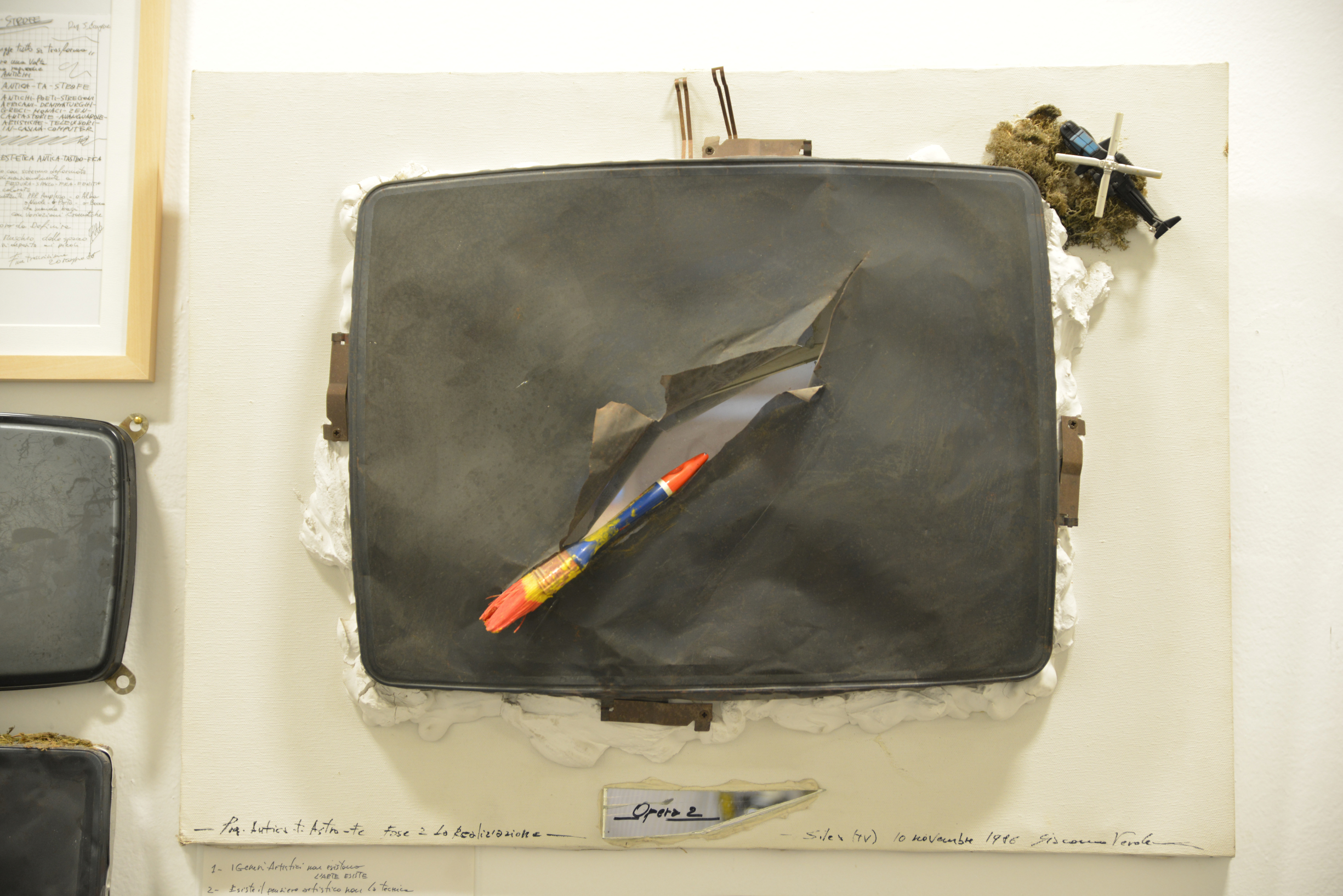Performing the Archive. Il tecnoteatro di Giacomo Verde e il reenactment d’archivio, Convegno all’Università di Milano (24 e 25 marzo)1752
Il 24 e il 25 marzo prossimi, al Dipartimento di Beni culturali e ambientali dell’Universitàdegli Studi di Milano – sede di via Noto, 8 – si terrà il Convegno Performing […]
